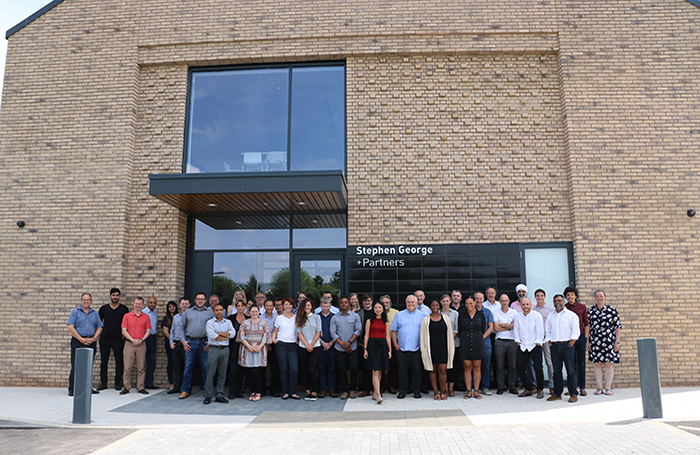Progressing the profession is central to the work that we do, and together we are creating a better future for architects and architecture.
We want to ensure the next generation of architects is supported to drive our profession forward, and it is crucial that students learn from the best.
Our Student Mentoring Scheme helps student architects to gain the insights and experiences of a Chartered Member.
Run by the RIBA regional offices and offered through participating Schools of Architecture, around 1000 students learned from and were inspired by 600 mentors during the last academic year.
We caught up with Nita Varia, Principal Architect at Stephen George + Partners, who has mentored 10 student architects over the last three years.

Why did you become a mentor?
On a personal level, I think it is very important to give students the opportunity to see a working practice. University and practice can be worlds apart, so it is important to bridge that gap. It’s often the first glimpse that students have of what working in practice is like, and it gives them a real insight into the inner workings of a practice. It gives students confidence and hopefully puts any fears at ease.
SGP has been actively involved in mentoring students, and as a practice we also encourage work experience, placements and help with some teaching at the university.
We need to invest in students as they are the future – after all, they will be the next generation of architects.
Why did the mentoring scheme involve?
Over the last three years, I’ve mentored around 10 students, so between two and four students each year. We meet each of the students three times during the scheme. The first visit is an introduction to the practice. The students get to see a whole working practice, from the studio through to HR, accounts and admin. For the majority of students, this is the first time they have been inside a practice and it is a great opportunity for them to see how everything operates.
On the second visit we review a live project. We look through the different stages of a project from feasibility, planning, tender and construction. We review technical details, budgets, schedules and drawings. At our last student mentoring session we even viewed the project in VR, which is great for the students to see.
During the final session we arrange for the students to visit the same project, reviewing site set ups and discovering more about how contractors work.
What do the students gain most from having a mentor?
Hopefully, it’s all about making them feel excited about the industry and making them feel confident about starting year out placements. As students, their experience is mainly conceptual so just being able to get an insight and real world experience of what it’s like to work in practice is invaluable to them.
What have you found most rewarding about your mentoring role?
For me, it’s all about being able to give back. I have been lucky enough to have had some great tutors and colleagues who have guided and helped me throughout my career. I hope that, through the mentoring scheme, I am able to do the same. I love the fact that by answering any questions, I am both helping them feel at ease and helping them to develop confidence about their chosen career in architecture.
To find out more about becoming a RIBA Student Member, click here.
To find out more about the RIBA Student Mentoring Scheme, click here.









